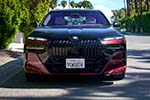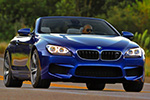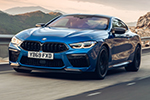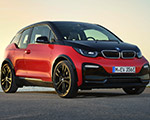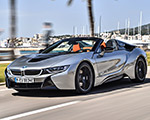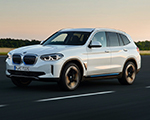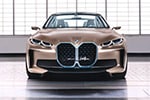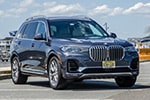The full-size sedan is on its way out, and the Audi A7 and S7 have become the latest casualty in the war against comfy five-seaters. The Ingolstadt-based automaker has reportedly dropped most of the A7 line from the lineup in the US. Instead, US shoppers will choose between a pared down lineup consisting of the A6 and red-hot RS 7. While this is potentially bad news for fans of the four-ring brand, this is likely very good news for BMW.
Audi Shrinks Its Sedan Lineup
Audi’s decision to shrink its lineup at the top end reflects repositioning the brand made down market. The Audi A4 folded into the Audi A5, rivaling the BMW 3 Series as one. That was originally a move to better distinguish the brand’s electric models (even-numbered cars will be electric). However, despite being announced in 2023, less than two years later, the brand backtracked on that initial plan and introduced a gas-powered A6. After 2025, Audi’s top-end offerings shrink to just the RS 7 and the A6. With less than 3,000 A7 models sold in the last year and a half, it’s not an altogether surprising move. By comparison 5,707 BMW 7 Series found new homes in 2025 alone.
While Audi condenses the lineup in the name of simplification, that’s certainly not the approach BMW has — apparently successfully — taken. The BMW 7 Series, now in the 2026 model year, is available in no less than 7 different guises. Ranging from exclusively gas-powered models like the 740i and 760i xDrive to fully electric i7 models and a hybrid BMW 750e xDrive, you can order a BMW 7 Series in nearly any fashion you’d like. Shoppers in the segment are used to getting what they want; so having a variety of powertrains just makes sense.
Pricing Gap Leaves Room for BMW to Dominate the Luxury Sedan Market
There’s another issue with Audi’s strategy here — price. While the BMW 7 Series is costly, starting at around $100,000 before you add a single option, it covers a huge spread. Top-line models can scratch $200,000, with a model slotting in at nearly every $10,000 interval between the two points. The Audi A7 started at $72,000 and the S7 at $85,700, which made them excellent alternatives for shoppers at the lower end of the 7 Series scale. The rejiggered lineup sees the Audi RS 7 at $132,000 and the Audi A6 somewhere around $70,000 — much closer to a 5 Series fighter than the would-be king of the hill. There’s always the A8 — Audi’s true answer to the 7 Series — but that commands a price much closer to the 7 Series. The relative “bargain” of the A7/S7 disappears.
Ultimately, we think Audi’s move will bolster both A6 sales and BMW 7 Series sales. With one less competitor at the top of the ladder, BMW’s 7er can continue to dominate the full-size luxury sedan segment. Meanwhile, A6 shoppers will enjoy its positioning closer to the “top” of the Audi lineup, and the new A6 (which also ostensibly fights the BMW 5 Series) will be the only choice for loyalists that can’t afford or don’t want the high-performance RS 7. Or find the A8 a dubious value. Of course…some of those shoppers will likely simply move over to BMW, too.
Since Mercedes doesn’t break down sales by model, we’re unsure how the S Class fits into the equation. But considering BMW leads US sales among the Germans — already selling 36,000 more units than Merc in the first half of the year — we doubt BMW is very worried. It looks like the BMW 7 Series may be the once and future king of the full-size luxury car segment.
Source: Automotive News








































